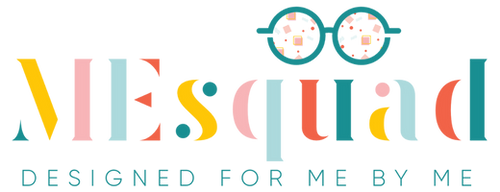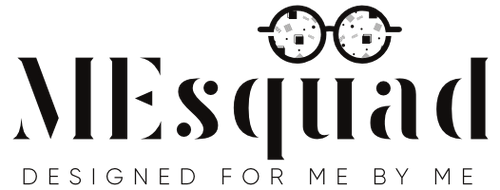According to the American Optometric Association, more than 80% of what a child learns is through seeing. So, it’s no surprise that children with poor vision often have trouble in school. If your child is having difficulty reading the chalkboard or seeing the details in a book, it may be time for an eye exam. A simple pair of glasses can make a big difference in your child’s ability to learn. Don’t let blurred vision stand in the way of your child’s success in school – make sure to get their eyes checked regularly. Let's discuss some of the specifics:
Eyesight is simply the ability to see objects clearly, and perfect eyesight is described as 20/20. This is the ability to see letters 1 cm in height from a distance of 20 feet.
Vision is the ability to comfortably see and process visual information. Vision involves eyesight, eye coordination, focusing, eye movement, eye health, and perception. So, if your child has perfect eyesight but poor vision, they may still have trouble seeing things clearly. However, if they have poor eyesight but good vision, they can correct their vision with glasses or contact lenses.
As a parent or educator, here are some things to watch out for:
- Watery eyes
- Rubbing their eyes often
- Having frequent eye infections or styes
- Blinking more than normal
- Reacting strongly to light
- Having blurred vision (either at a distance or near), especially after reading or close-up homework
- Having frequent headaches, double vision, or strain
- Having one eye that turns in or out, up or down
- Squinting when looking at things at a distance
- Turning or tilting their head, or covering/closing one eye when looking at things
- Poor posture (not sitting up straight) when reading or writing
- Placing their head close to a book or desk
- Moving their head more than normal when reading
- Avoiding close-up work or other visually demanding tasks
- Poor depth perception (ability to sense distance)
- Poor eye-hand coordination (using eye and hand movements together)
- Handwriting and drawing skills that are not at the expected level
- Trouble copying something from one place to another
- Reverse letters and words when reading or writing
- Losing their place, skipping lines, or using a finger to keep place when reading
- Confusing words with similar beginnings
- They respond well when speaking, but have trouble putting the same information down on paper
- Trouble with spelling
- Trouble learning basic math concepts like size, magnitude, position
- Trouble concentrating on school work or other visually demanding tasks
- Using more effort than normal to complete school work
- (source:www.nccih.ca)
Any one, or a combination of the above signs may indicate a serious vision problem. The best way for parents or teachers to identify whether there may be anything wrong with your little one's coordination when it comes to seeing properly, would be an examination by an optometrist.
Once your child has a prescription from their optometrist, the next step is to find their PD measurement. You can read all about that here. Wearing glasses is very important for people who need them. And some kids don't wear their glasses because they are afraid of being teased. Which is why we created MEsquad. We found that when a child designs their own frame, they wear them. Wearing glasses will help them see better and perform better in school. Additionally, it's important to encourage kids to wear their glasses so that they can feel confident and comfortable around their friends. By educating teachers and parents about the importance of glasses, we can ensure that more kids will get the vision care they need.


